Images of Mature Bucks
Hi Grant,
Thank you for all the help in the past. Is there anything that can help to a get a picture of the mature bucks on properties? The mature bucks seem impossible to get a picture of, let alone kill them. Where I live, the big ones don’t seem to come to corn and other types of mineral/feed spots. They seem like they know the camera is there and don’t walk by it. It may sound crazy, but I believe they have figured out cameras too!
Kevin
Kevin,
Deer readily become conditioned to respond to positive experiences by repeating them or negative experiences by avoiding them. If they have a negative experience at a bait station during the day, they typically will limit their visits to occur during the night. If they have a negative experience at a bait station during the night, they may well avoid bait stations for some time. Some deer respond negatively to the flash of trail cameras, especially the units with white flash. I use Reconyx units with the covert flash and get gads of images of the mature bucks at my place week after week and literally year after year.
It is certainly possible that some of the mature bucks at your place had a negative experience with predators (two and/or four legged) near bait stations and are now avoiding them. There are many disturbances that will cause deer to avoid an area.
I recommend being as scent free as possible and moving a camera to a new bait station, pond, food plot, etc., where the camera can be placed with minimal disturbance and scent deposit. Leave it alone for at least two weeks. If you get images of mature bucks, you will know they were conditioned to avoid the existing camera stations for some reason.
One rule of deer management (and life in general) is not do the same thing and expect different results. Change up your approach and see what happens.
Growing Deer together,
Grant
🔗 Link | ↑ Top



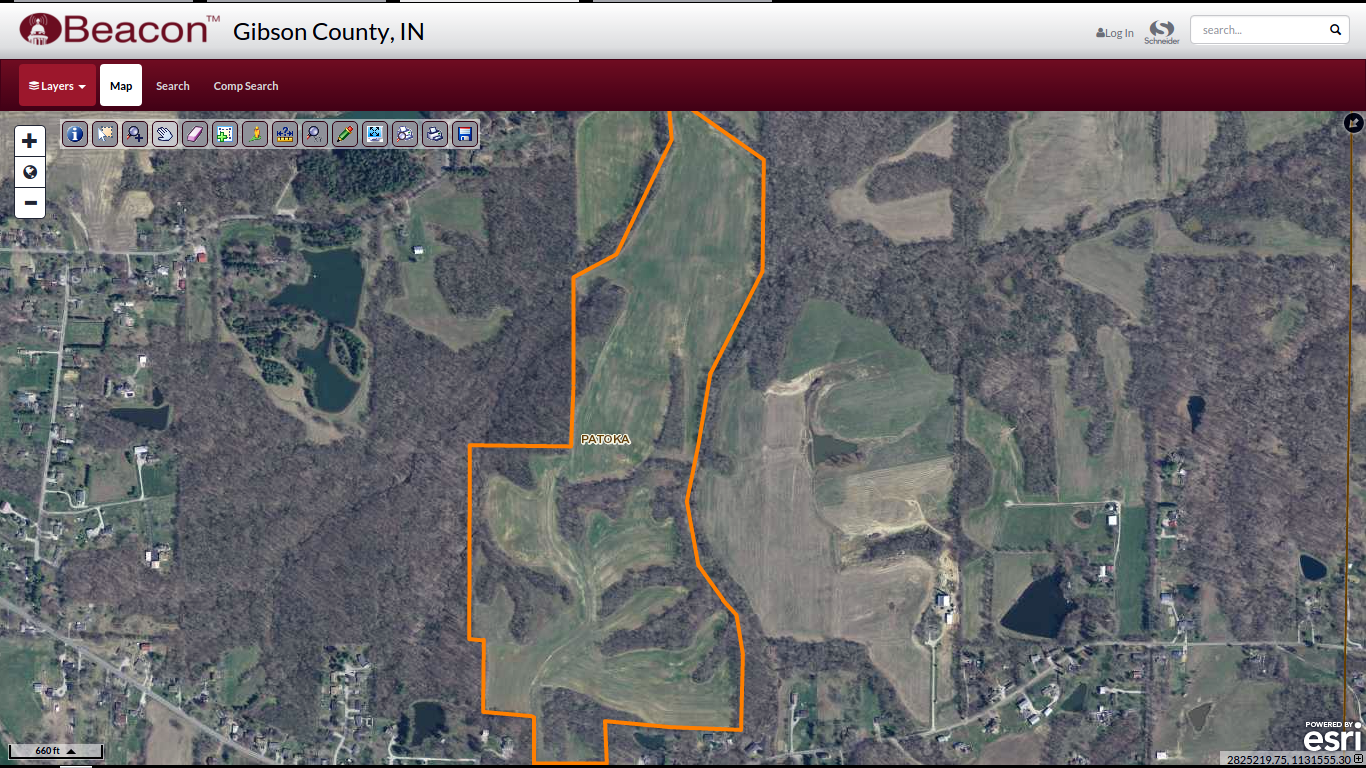
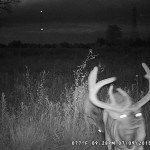
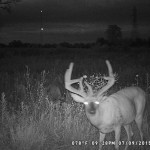
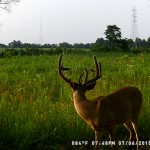
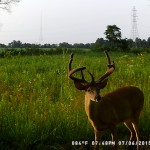
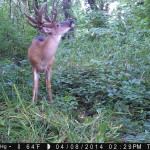
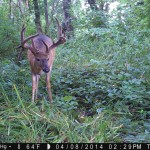
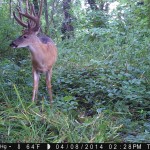
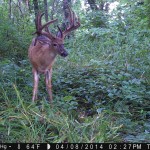
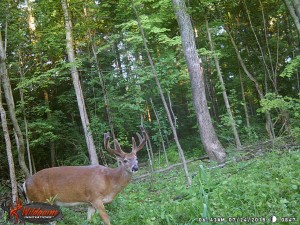
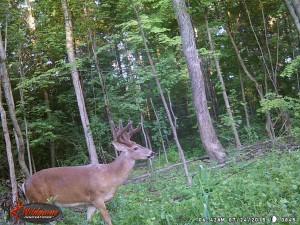
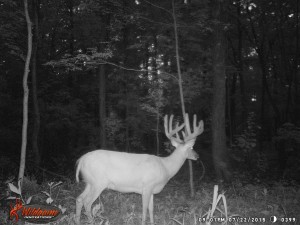
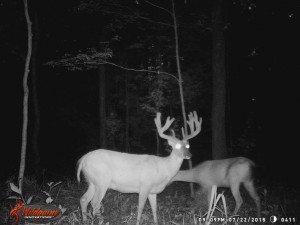
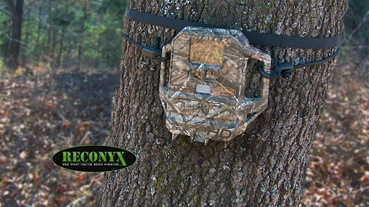 identifiable the food resources tend to be the lowest (August and January). Corn and/or minerals work great during August and corn during January. I prefer the pre-hunting season data (enjoy knowing how many mature bucks are on
identifiable the food resources tend to be the lowest (August and January). Corn and/or minerals work great during August and corn during January. I prefer the pre-hunting season data (enjoy knowing how many mature bucks are on 